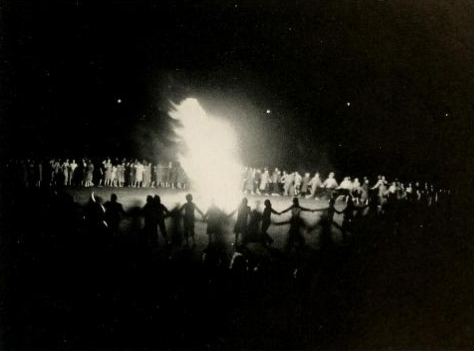Play Does Have Limits
By SydneyOctober 6, 2014 - 16:26

As a child, my friends and I played in the woods, and we often found things like old tires, rusted scrap metal, and broken glass bottles. It was fun playing with these objects, further damaging them in order to create something totally new. My friends and I always had fun; however, our play was often disrupted and limited. When a few kids argued whether or not a tire should be further ripped up, people’s feelings got hurt. Some kids fought verbally or physically, causing someone to run home crying. On other days it wasn’t rare for our play to stop due to an injury.








